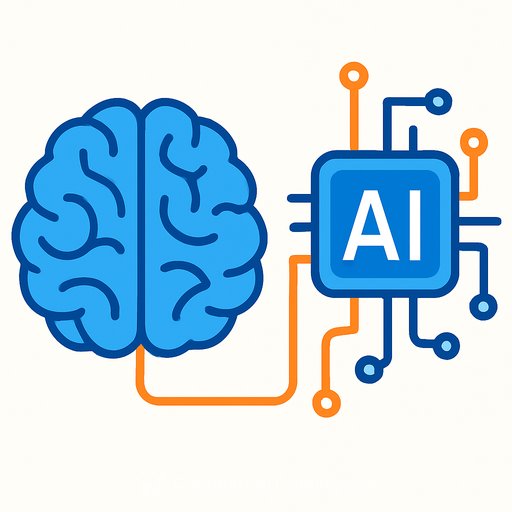How AI Is Transforming Academic Research
Every time you search maps or interact with automated systems, you are using artificial intelligence. As IBM puts it, "Artificial intelligence (AI) is technology that enables computers and machines to simulate human learning, comprehension, problem-solving, decision-making, creativity, and autonomy."
AI isn't a distant concept. As one senior academic leader noted, it's like an "invisible friend" that quietly optimizes daily choices-what you watch, read, and buy. For researchers, this isn't hype; it is tangible productivity and better signal-to-noise in the literature.
Evidence: Faster Reviews, Less Manual Work
In meta-analysis projects spanning tens of thousands of citations, teams have used AI-enabled screening to meaningfully reduce workload. One group screened over 40,000 references, cut labor by 53 percent, and saved more than 90 hours by combining multiple tools.
- SWIFT-Review for prioritizing and screening abstracts.
- SR-Accelerator Deduplicator to clean and merge large citation sets.
- Abstrackr for semi-automated abstract screening.
This is where AI shines today: triage at scale, structured decision support, and consistent application of inclusion criteria.
Practical Use Cases You Can Implement Now
- Literature triage and mapping: Use SWIFT-Review or Abstrackr to prioritize likely-relevant papers.
- Cross-referencing: Tools like ResearchRabbit surface related work and author networks to reduce missed citations.
- Coding and statistics: Copilot and Gemini can draft code, assist with model specs, and explain outputs for rapid iteration.
- Draft support: Generate structured outlines, compare frameworks, and standardize reporting sections before manual refinement.
Limits You Must Plan For
There are constraints. Many AI services cannot access content behind paywalls. Generative models can also "hallucinate" citations or facts. Treat outputs as working notes, not finished results.
- Verify every factual claim and statistic. Trace back to primary sources.
- Require DOIs or PubMed IDs, then confirm them in your databases.
- Run a separate fact-check pass before analysis and before submission.
- Document decisions: prompts used, datasets queried, and manual overrides.
Prompting That Produces Reliable Work
As one lecturer who teaches AI noted, you must check AI output-the substance, and the sources backing it. The good news: it's straightforward to validate code, statistical analyses, and references when you build verification into your workflow.
- State role and constraints: "You are a biostatistics consultant. Cite with DOI."
- Ask for reasoning: "Show steps and assumptions; mark uncertainties."
- Iterate: refine with your domain knowledge; add datasets, schemas, or code.
- Compare: request 2-3 alternative approaches with trade-offs.
Institutional Support
Universities are rolling out enterprise access to AI to provide equitable tooling for students and researchers. One institutional leader summarized the goal: free access to core, secure platforms that cover the majority of research use cases.
Check your library's AI tools page and AI research guide for the official tool list, data privacy notes, and training schedules. A Zoom workshop is scheduled for Oct. 28, 2025, at 2 p.m., titled "Mastering AI for Research."
Quick-Start Workflow for Systematic Projects
- Define the question: Use PICO or a similar framework; list inclusion/exclusion rules.
- Build search strings: Draft in AI, then refine with a librarian; run across databases.
- Deduplicate and screen: Use SR-Accelerator Deduplicator, then SWIFT-Review or Abstrackr for prioritization.
- Extract and analyze: Let AI draft code for meta-analysis or models; you validate assumptions and diagnostics.
- Draft and audit: Have AI outline sections, then manually verify citations, tables, and statistical claims.
Skill Up
If you want structured training aligned to research roles, explore curated AI courses by job at Complete AI Training. Focus on literature review automation, R/Python augmentation, and reproducible workflows.
Key Takeaways
- AI already accelerates literature screening, coding, and analysis-use it where verification is feasible.
- Plan for limits: paywalls, fabricated citations, and model blind spots.
- Your prompt quality and verification discipline determine the value you get.
- Leverage institutional licenses and workshops for secure, scalable adoption.
Your membership also unlocks:






